 |
 |
 |
| |
Clinical Implications of Nonalcoholic Fatty
Liver Disease in Patients with HIV Infection
|
| |
| |
18th International Workshop on Co-morbidities and Adverse Drug Reactions in HIV
12-13 September 2016, New York, USA
Kenneth Cusi, M.D., F.A.C.P., F.A.C.E.
Professor of Medicine
Chair, Division of Endocrinology, Diabetes and Metabolism
University of Florida
e-mail: Kenneth.Cusi@medicine.ufl.edu
The Economic and Clinical Burden of Non-alcoholic Fatty Liver Disease (NAFLD) in the United States and Europe.....http://www.natap.org/2016/HCV/090716_07.htm
CROI: FATTY LIVER DISEASE: A GROWING CONCERN- - (04/12/17)a plenary talk by noted fatty liver expert Rohit Loomba from UCSD
CROI:Changes in Liver Fibrosis and Steatosis in HIV Mono-Infected patients over 24 months - 50% have fatty liver at average age of 46- (03/28/17)
CROI:LIVER STEATOSIS AND FIBROSIS IN AT-RISK EUROPEAN HIV-MONOINFECTED PATIENTS - 64% with steatosis among those who had elevated LFTs and/or metabolic syndrome and/or lipodystrophy- (03/28/17)

https://well.blogs.nytimes.com/2014/06/13/threat-grows-from-liver-illness-tied-to-obesity/
In the past two decades, the prevalence of the disease, known as nonalcoholic fatty liver, has more than doubled in teenagers and adolescents, and climbed at a similar rate in adults. Studies based on federal surveys and diagnostic testing have found that it occurs in about 10 percent of children and at least 20 percent of adults in the United States, eclipsing the rate of any other chronic liver condition.There are no drugs approved to treat the disease, and it is quickly becoming a leading cause of liver transplants around the country.Doctors say that the disease, which causes the liver to swell with fat, is particularly striking because it is nearly identical to the liver damage that is seen in heavy drinkers. But in this case the damage is done not by alcohol, but by poor diet and excess weight.An ultrasound revealed that Gavin's liver was enlarged and filled with fat. "His doctor said it was one of the worst cases she had seen," said Gavin's mother, Michele Owenby. "We had no idea anything was going on other than his stomach pain."With no drugs to offer him, Gavin's doctor warned that the only way to reverse his fatty liver was to exercise and change his diet. "They told me to stay away from sugar and eat more fruits and vegetables," Gavin said. "But it's hard."Most patients have a less severe form of the disease, with no obvious symptoms. But having nonalcoholic fatty liver is a strong risk factor for developing heart disease and Type 2 diabetes. And in 10 to 20 percent of patients, the fat that infiltrates the liver leads to inflammation and scarring that can slowly shut down the organ, setting the stage for cirrhosis, liver cancer and ultimately liver failure. Studies show that 2 to 3 percent of American adults, or at least five million people, have this more progressive form of the disease, known as nonalcoholic steatohepatitis, or NASH.....Fatty liver strikes people of all races and ethnicities. But it is particularly widespread among Hispanics because they frequently carry a variant of a gene, known as PNPLA3, that drives the liver to aggressively produce and store triglycerides, a type of fat. The variant is at least twice as common in Hispanic Americans compared with African-Americans and non-Hispanic whites.

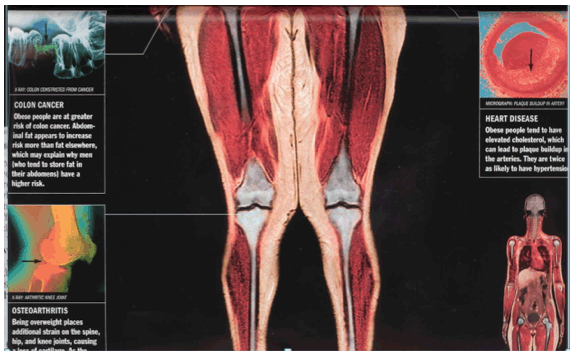
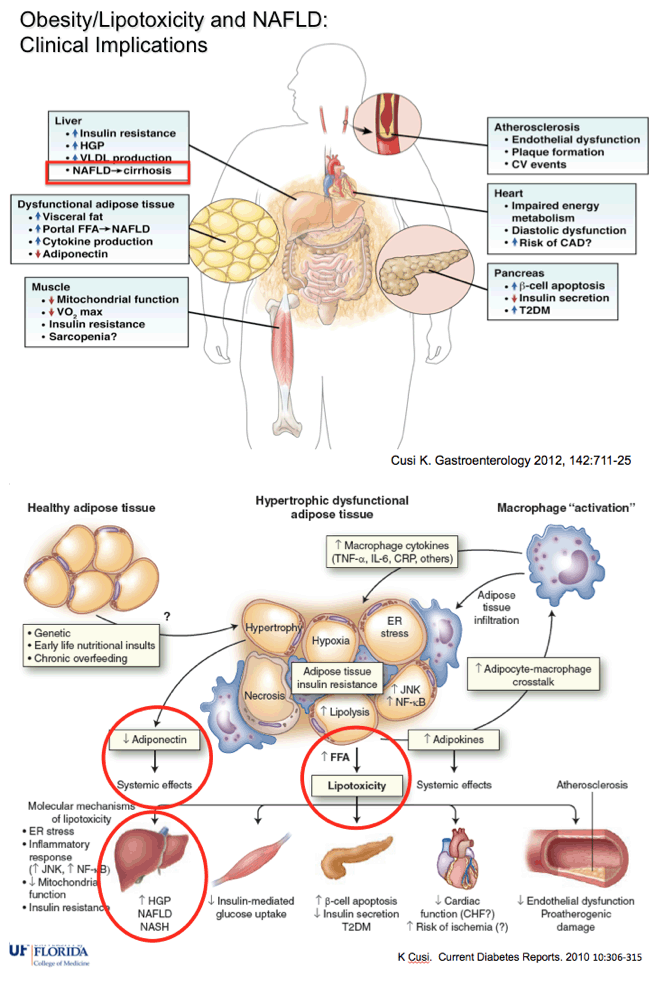
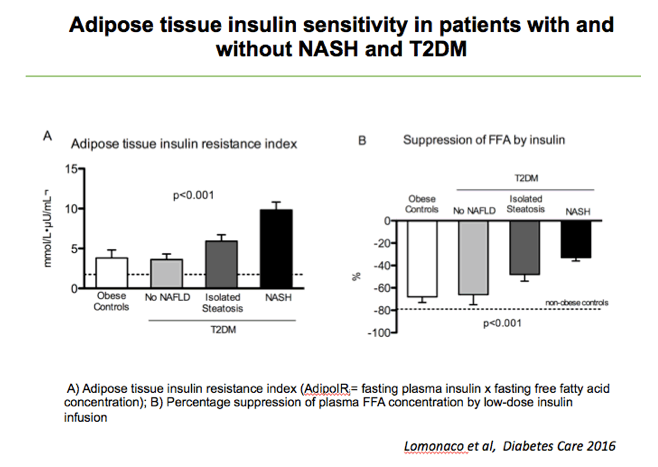
http://www.natap.org/2017/CROI/croi_264.htm
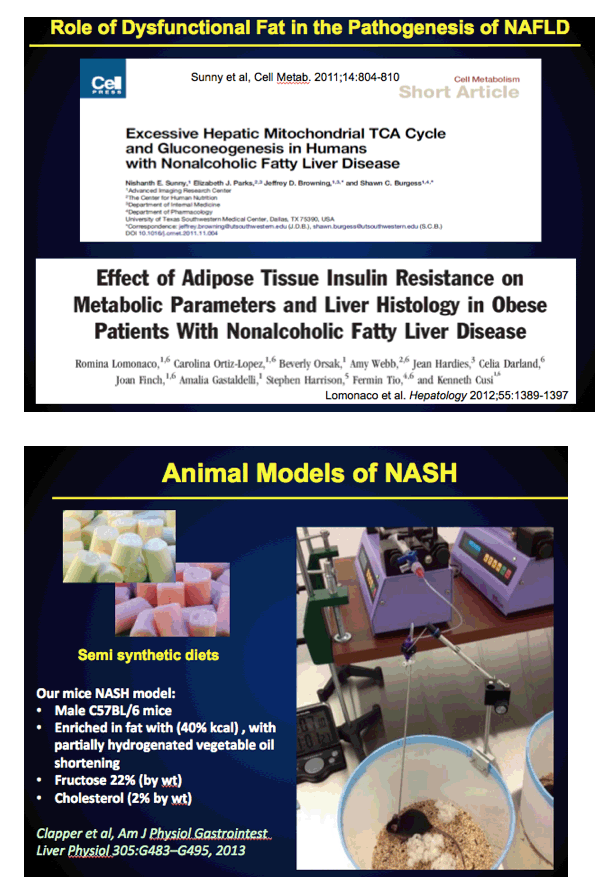
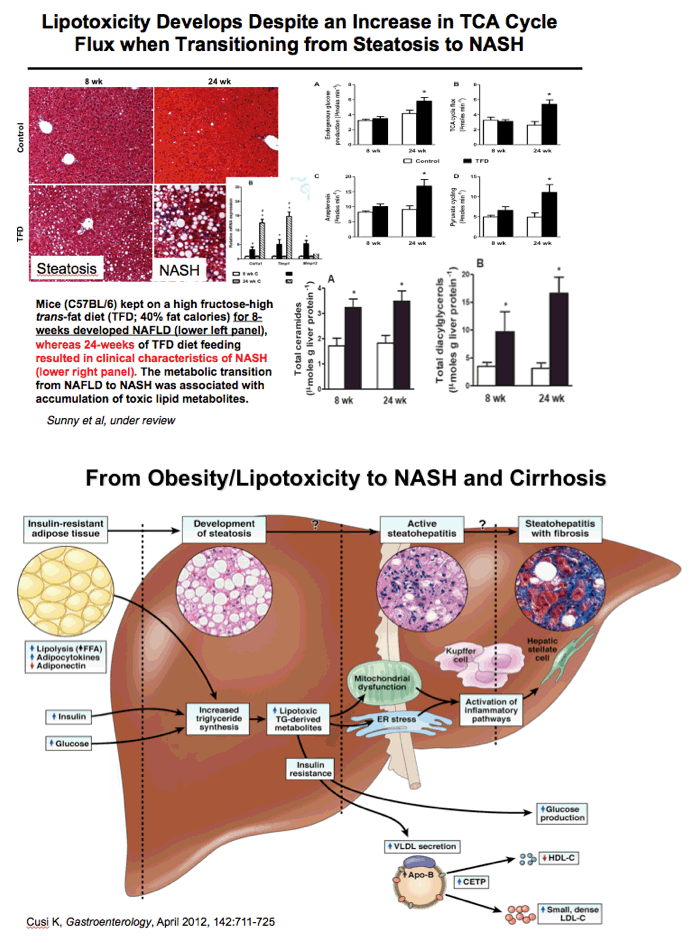
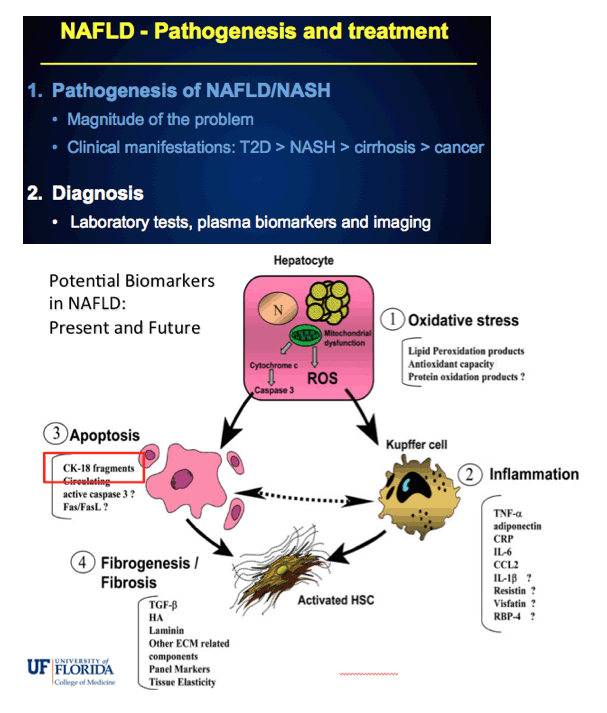
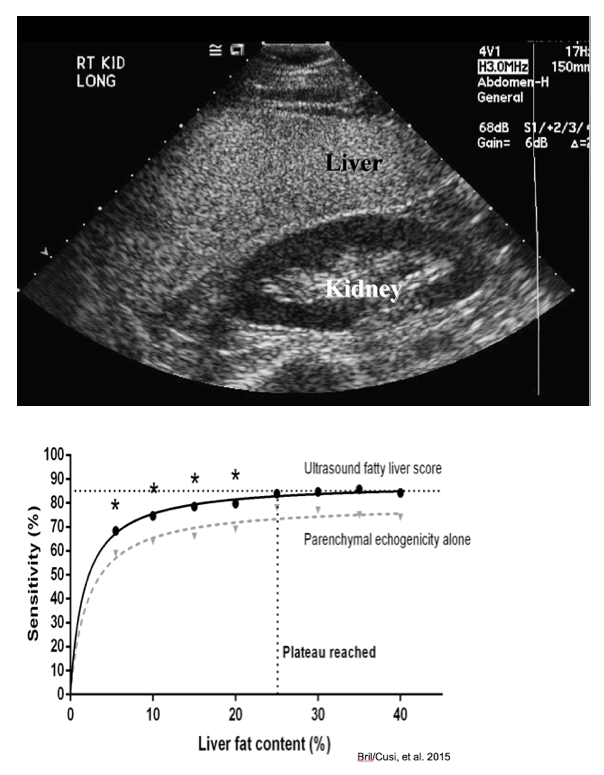
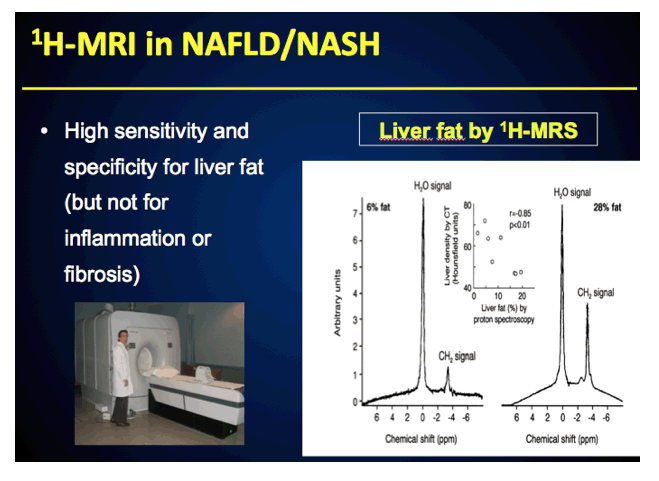
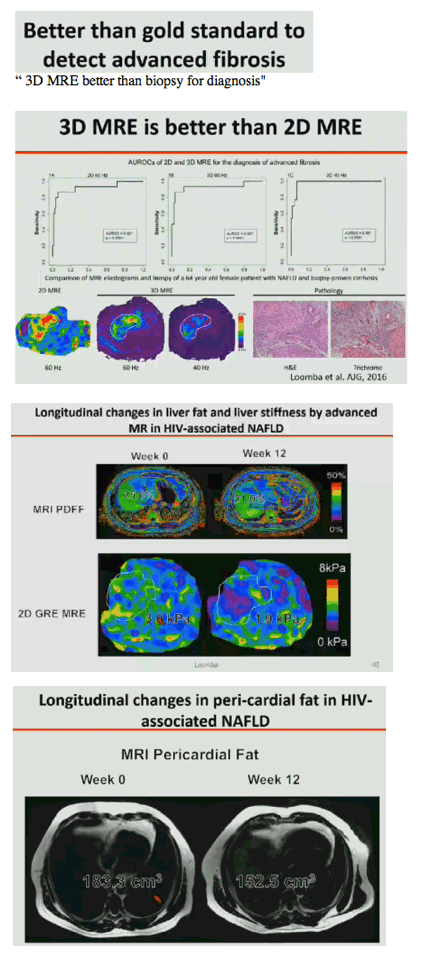
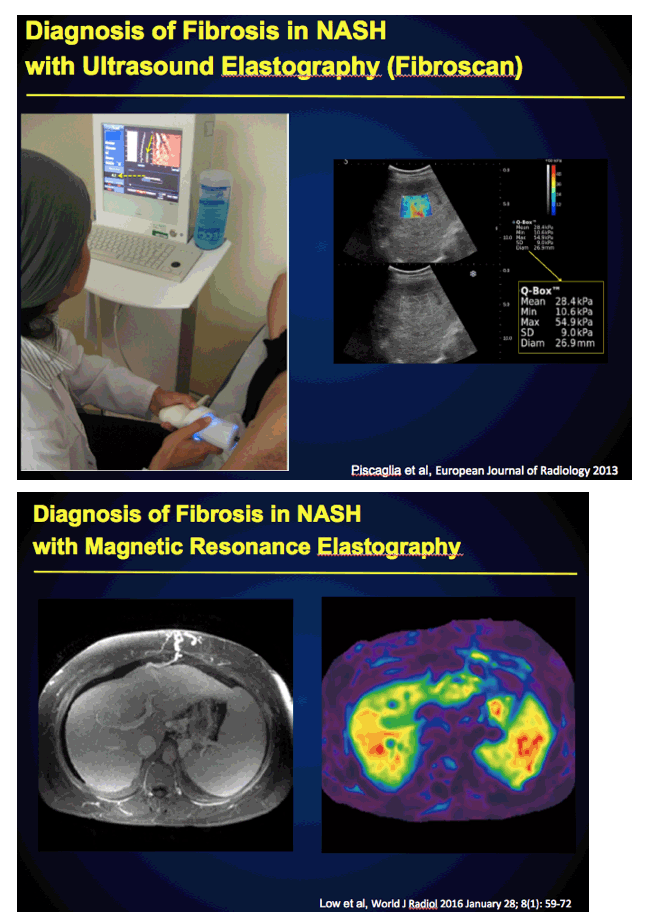
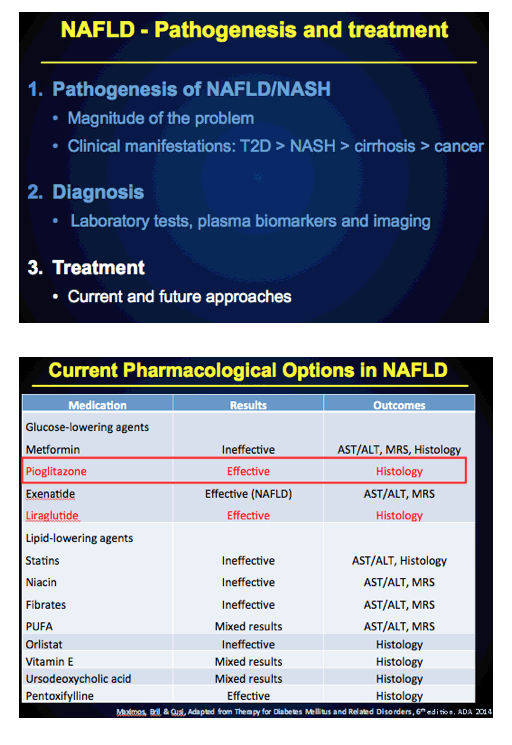
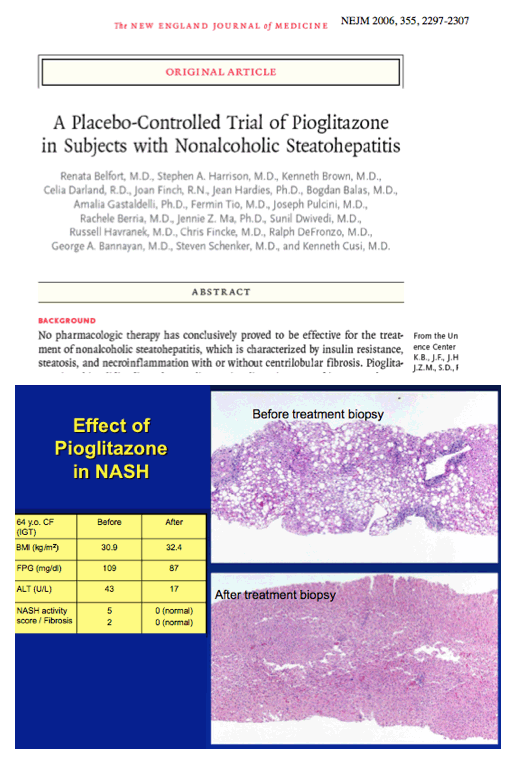

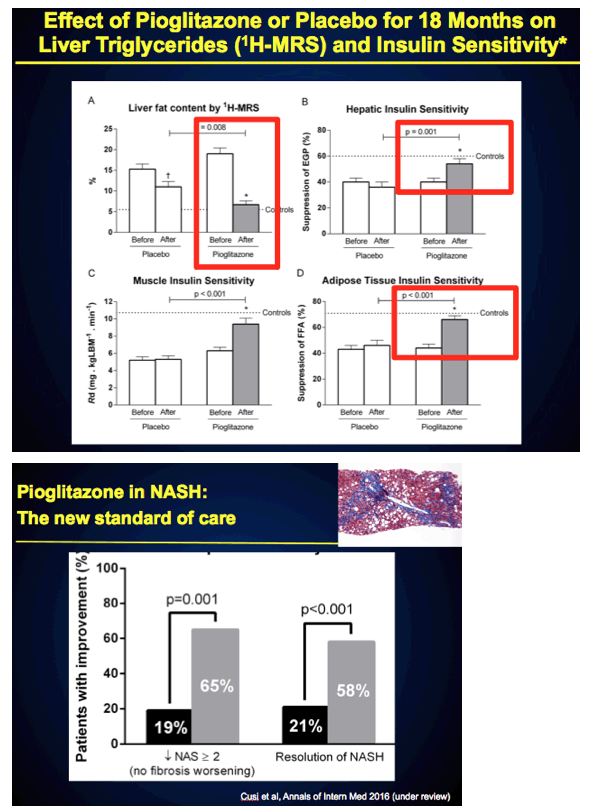
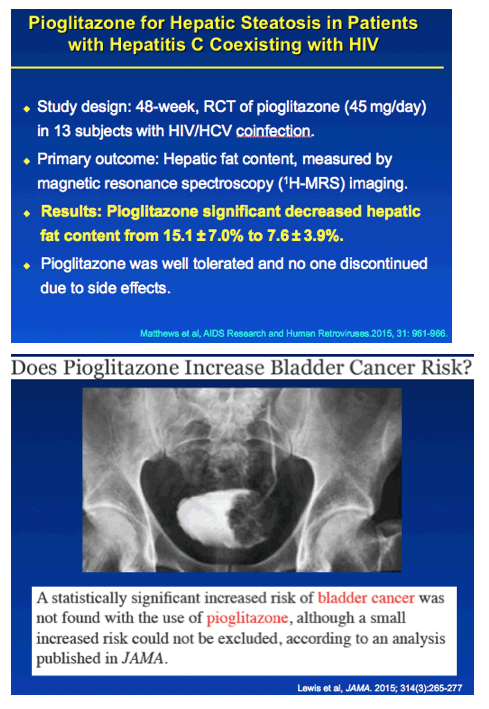
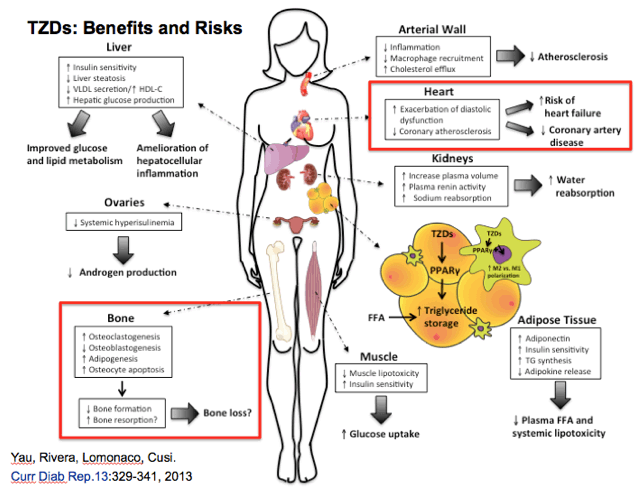
Pioglitazone, Vitamin E, or Placebo for Nonalcoholic Steatohepatitis.....Vitamin E was superior to placebo for the treatment of nonalcoholic steatohepatitis in adults without diabetes. There was no benefit of pioglitazone over placebo for the primary outcome; however, significant benefits of pioglitazone were observed for some of the secondary outcomes......http://www.natap.org/2010/HIV/042910_01.htm
Thiazolidinedione Treatment Decreases Bone Mineral Density in
Type 2 Diabetic Men.......http://www.natap.org/2008/HIV/022208_01.htm
Pioglitazone, FDA Warning: more bone fractures in women.....http://www.natap.org/2007/HIV/031207_01.htm
Thiazolidinediones: New Evidence of Bone Loss Editorial.....In this issue, Grey et al. (3) provide the first evidence from a randomized trial that rosiglitazone causes bone loss. The trial enrolled healthy postmenopausal women who did not have diabetes or osteoporosis. After 14 wk of treatment with rosiglitazone, participants experienced a significant decrease in bone density (-1.9% rosiglitazone vs. -0.2% placebo) at the total hip accompanied by a modest reduction (-8 to -13%) in bone formation markers without a change in resorption markers......http://www.natap.org/2008/HIV/030308_14.htm.......Association of Pioglitazone Treatment with Decreased Bone Mineral Density in Obese Premenopausal Patients with Polycystic Ovary Syndrome: A Randomized, Placebo-Controlled Trial......http://www.natap.org/2008/HIV/052208_01.htm
Thiazolidinedione Use (glitazones), Fluid Retention, and Congestive Heart Failure....Circulation. 2003......There is a growing recognition, however, that edema can occur in patients treated with either drug. Because people with diabetes are at increased risk for CVD and many have preexisting heart disease, the edema that sometimes accompanies the use of a TZD can be cause for concern, as it may be a harbinger or sign of congestive heart failure (CHF)......http://www.natap.org/2006/HIV/100206_02.htm.....http://www.natap.org/2007/HIV/091207_02.htm
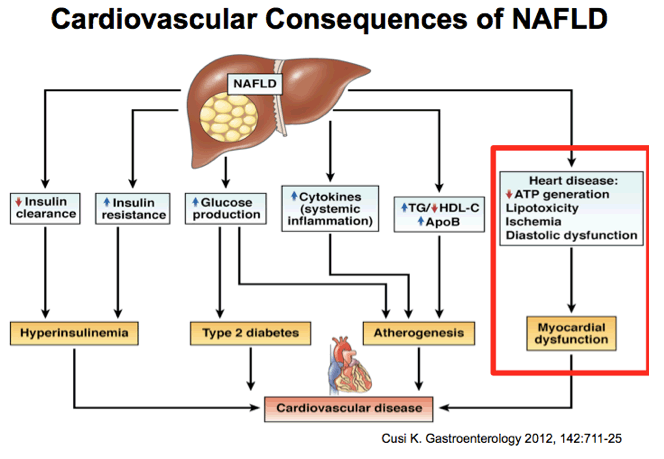
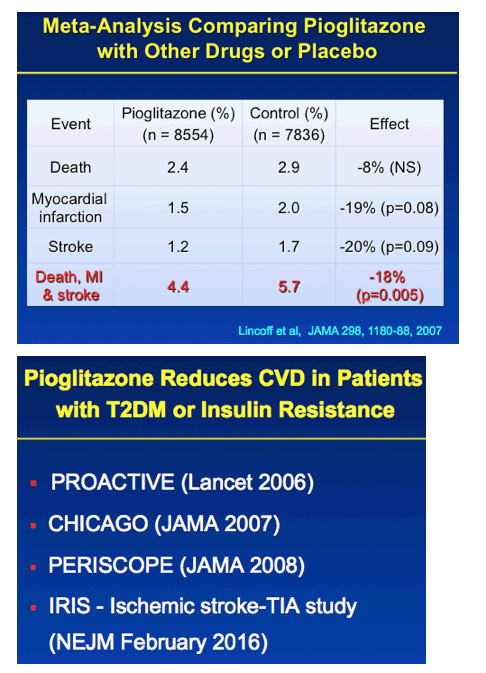
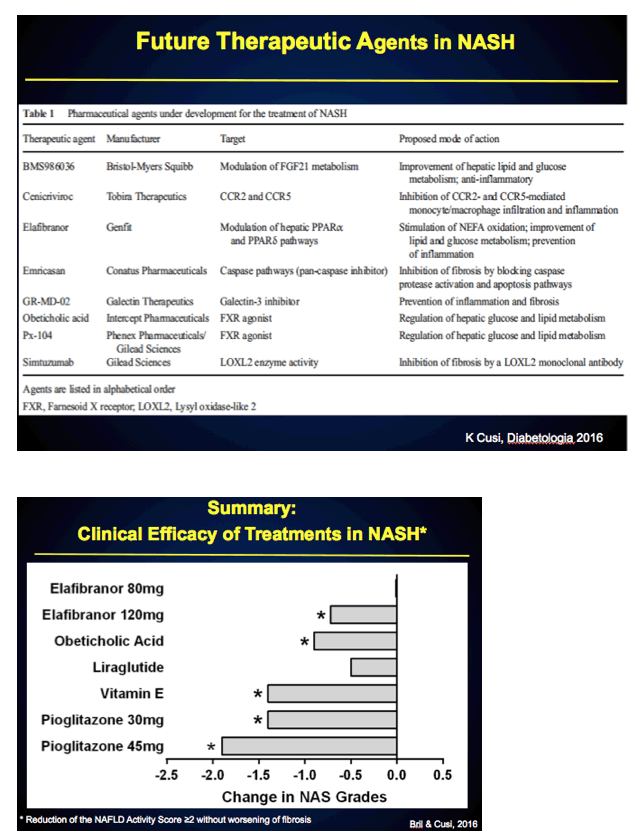
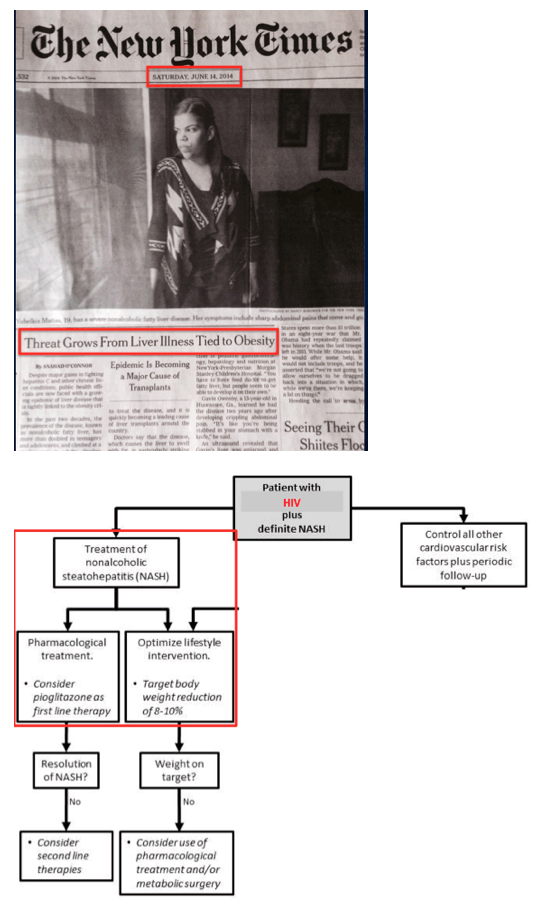
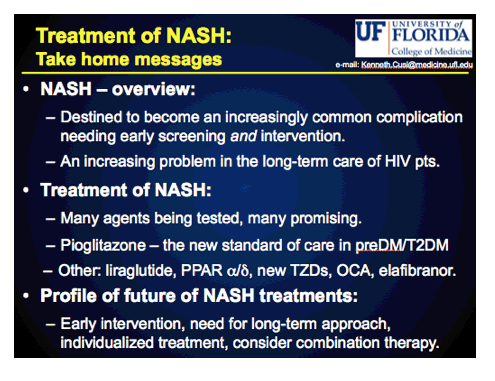
|
| |
|
 |
 |
|
|